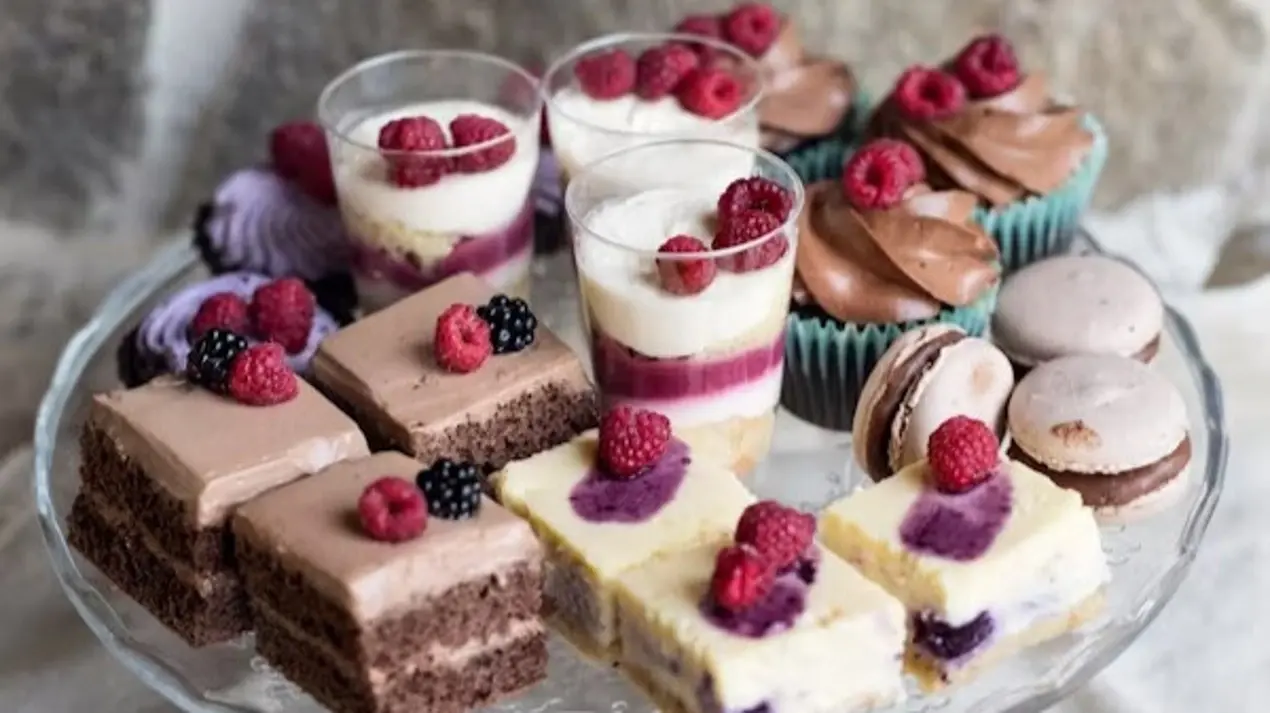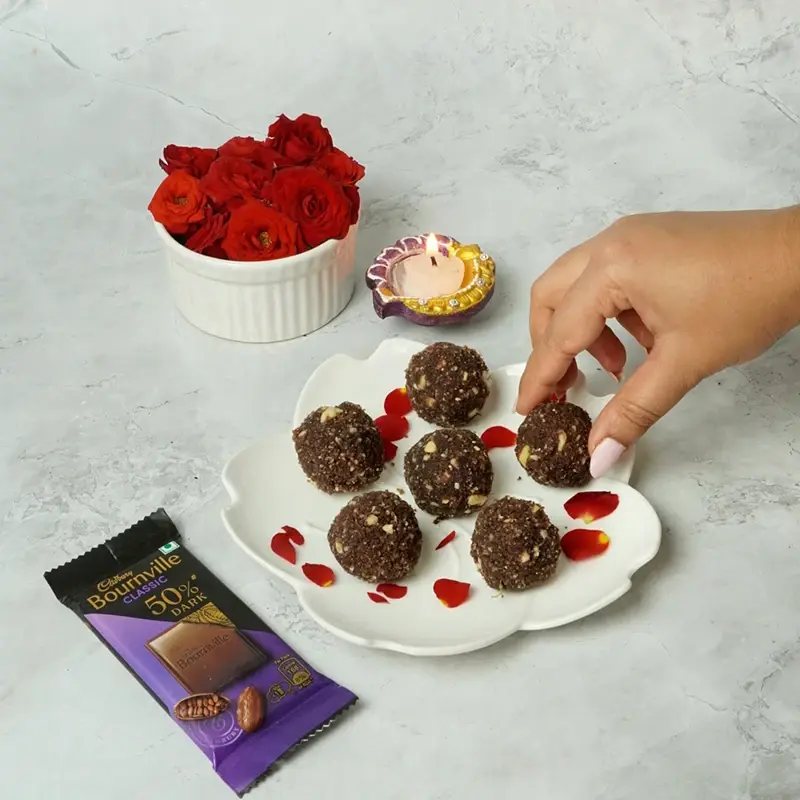Jam and jelly are both popular spreads made primarily out of fruits and other citrusy flavors. Very often we use these two terms interchangeably and perceive them to be the same thing. Well contrary to popular opinion, these two are different from each other. Let's see what sets them apart.

Jam and jelly are both popular spreads made primarily out of fruits and other citrusy flavors. Very often we use these two terms interchangeably and perceive them to be the same thing. Well contrary to popular opinion, these two are different from each other. Let's see what sets them apart.
Jams and jellies are extremely popular among children because of their luscious texture and palatable flavors. These soft spreads are made out of pectin, citrusy fruits and have high sugar content. Both of them are used as spreads independently and even combined with other ingredients like peanut butter and almond butter to make sandwiches. Jams and jellies are also used thoroughly among a variety of desserts like cakes, pies, croissants, and muffins as toppings. One of the major differences between jam and jelly is that jam is made directly from fruit whereas jelly is made from fruit juice. This is the major reason why the consistency of both of them is very different and there is a characteristic difference between the two. Let's have a closer look at both jam and jelly.
What is a Jam?
 Jam is a thick mixture of gelatinous fruits and is prepared after mashing and chopping fruits, pectin which is a thickening agent and lots of sugar. Pectin is a fiber that is found in the cell walls of fruits and plants. It makes a jelly-like consistency when mixed with acid. This mixture is then boiled until the fruit pulp gets soft and starts losing its shape. The mixture is heated until the fruit pulp becomes semi-firm and attains a spreadable consistency. Jams serve the purpose of being the perfect spread on your breakfast toast or any dessert of your choice.
Jam is a thick mixture of gelatinous fruits and is prepared after mashing and chopping fruits, pectin which is a thickening agent and lots of sugar. Pectin is a fiber that is found in the cell walls of fruits and plants. It makes a jelly-like consistency when mixed with acid. This mixture is then boiled until the fruit pulp gets soft and starts losing its shape. The mixture is heated until the fruit pulp becomes semi-firm and attains a spreadable consistency. Jams serve the purpose of being the perfect spread on your breakfast toast or any dessert of your choice.
Usually, the flavor palette of jams is sweet and savory. These are also rampantly used in the making of protein bars and cheesecakes. Jams also have a very long shelf life. In fact in ancient times when people did not have refrigerators, making jams was the only way to preserve the taste of seasonal fruits and enjoy them when they were not available.
What is Jelly?
 Jelly very much like jam is also made by using pectin and sugar. One of the key differences in the preparation of jam and jelly is that jelly requires you to use fruit juice. This is one step that makes a world of difference. Also, the mixture is heated until everything sets into a firm consistency. Another way of making jelly is to strain the solid parts from the crushed fruit and then heat the juice with sugar and pectin until it gets the desirable consistency. Some common types of fruit, jellies are grapes, apples and apricots. Some out-of-the-ordinary jellies that you can try making at home include tea jelly, cucumber jelly, red wine jelly, and herb jelly. Generally, jelly is used for toppings on biscuits, toast, pancakes, and muffins.
Jelly very much like jam is also made by using pectin and sugar. One of the key differences in the preparation of jam and jelly is that jelly requires you to use fruit juice. This is one step that makes a world of difference. Also, the mixture is heated until everything sets into a firm consistency. Another way of making jelly is to strain the solid parts from the crushed fruit and then heat the juice with sugar and pectin until it gets the desirable consistency. Some common types of fruit, jellies are grapes, apples and apricots. Some out-of-the-ordinary jellies that you can try making at home include tea jelly, cucumber jelly, red wine jelly, and herb jelly. Generally, jelly is used for toppings on biscuits, toast, pancakes, and muffins.
Let's look at some of the primary differences between these two.
Consistency And Texture
 Jam has a semi-firm or you can say semi-solid consistency. After being cooked down, it has a chunky texture with small lumps. Jelly on the other hand is a lot more firmer and uniform when it comes to its texture. Jelly is also a lot more translucent than jam. This is because jelly is made out of fruit juice and jam on the other hand is made from fruits directly. The opaqueness of jam can be attributed to the reason that it is directly made from fruit pulp that is a lot thicker than fruit juice.
Jam has a semi-firm or you can say semi-solid consistency. After being cooked down, it has a chunky texture with small lumps. Jelly on the other hand is a lot more firmer and uniform when it comes to its texture. Jelly is also a lot more translucent than jam. This is because jelly is made out of fruit juice and jam on the other hand is made from fruits directly. The opaqueness of jam can be attributed to the reason that it is directly made from fruit pulp that is a lot thicker than fruit juice.
Ingredients
As stated above, jams are made out of fruit pulps. You can always go crazy with the kind of fruits that you use to make your James. The most common types of fruit jams include strawberry jams, apple jams, blueberry jams, pear jams, and pineapple jams. Jellies are made from other ingredients like fruit juices, vegetable juices, tea, wine, flowers and herbs as well. You will see that the key ingredients used in making jelly also vary from region to region and country to country.
Pectin
The preparation of jam is very much possible without the use of pectin. However, if you are not adding pectin, then you must make sure that some unripe fruits are added to the jam. Unripe fruits naturally have higher levels of pectins and your jam will automatically get the desirable consistency. On the other hand, the preparation of a jelly is not possible without the use of pectin.
Taste
When it comes to taste, jams have a richer taste than fruits as jams are directly made out of food pulps. Jelly’s flavors might be slightly suppressed because of gelatin. This is one of the reasons why jams are more frequently used in baking as the flavor of fruits is more evident and it compliments your cakes and muffins more than jelly.
These are some of the major differences between jams and jellies. We hope that you have been able to understand these two and now you can use them as per the requirement in the kitchen.
Like This Article?
More Like This




Popular Articles





Trending Web Stories
Curated Recipes


















